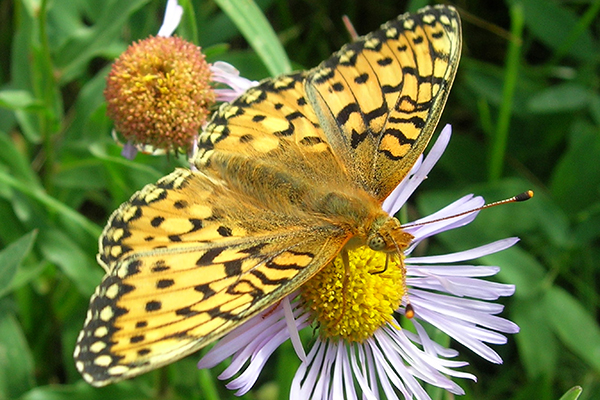
Full Text:
April showers bring May flowers. Roses are red, violets are blue. How do these flowers get their beautiful hues? Genes in their petals hold clues. Another "greening" event--a bloom of microscopic marine plants, or phytoplankton--unfolds each spring in the North Atlantic Ocean. Earth's soundscape, as scientists call it, changes from the stillness of winter to brooks burbling with snowmelt waters.
Frogs begin to "sing," and skies are filled with migrating birds on-the-wing. But spring has a darker side. April showers bring thunderstorms that spin up tornadoes. And danger lurks far below. A carpet of woodland wildflowers may hide the ticks that carry Lyme disease. From flowers' microscopic cells to thunderstorms called supercells, researchers funded by the National Science Foundation are studying the science of spring. To learn more, see the NSF Special Report on the Science of Spring.Image credit: David W. Inouye, Department of Biology, University of Maryland